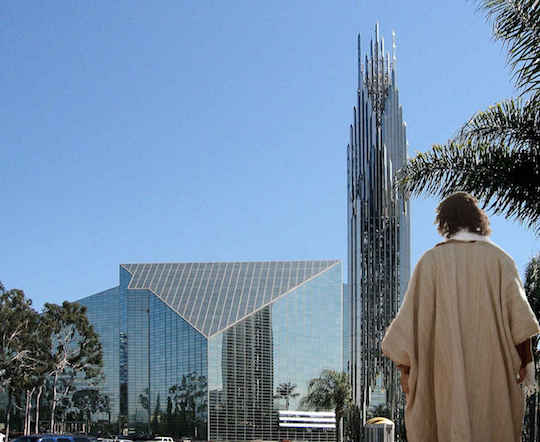More than two billion people in the world today identify as followers of Jesus. This includes a fair percentage of inhabitants of the USA, currently the world’s most powerful nation, its most influential via film, TV, social media and popular music, and home of some of the world’s richest people.
My country, Australia, still has a significant christian presence (maybe 10%), and you’ll find followers of Jesus in every first world country, as well as all over the rest of the world.
It is a long way from rural Galilee, a small backwater of the ancient Roman Empire, to some of the richest and busiest cities in the world. How have the teachings of Jesus survived the journey?
I wonder if Jesus came back whether he would be surprised and pleased at how his followers are doing? Or not?
What would Jesus think?
For a while back there, What would Jesus do? was a popular challenge to our thinking and actions, a touchstone to guide us. I still think the question is useful and important.
But there are dangers in asking what Jesus would think about things today. The world of Jesus was very different to our own, and the question can easily become a way of justifying our own opinions over those of others.
Nevertheless, I’m going to have a go.
How do the behaviour and attitudes of 21st century christians, and especially the 21st century church in western countries, measure up against our founder’s teachings and example?
Which Jesus?
One of the difficulties in asking this question is that there are many different versions or pictures of Jesus.
- In some popular imagination, Jesus was the ultimate blissed out hippie, dispensing peace, love and Vogel bread with a smile. That is, if he wasn’t marrying Mary Magdalene and hiding away somewhere to start a dynasty.
- For many Protestant christians, Jesus was born of a virgin, died on the cross and was resurrected, just like in the Apostles Creed, with little emphasis on what came between birth and death. The teachings of Paul become more important in defining christianity than the teachings of Jesus – it is the works of Jesus, not his words, that really matter.
- For many other christians, perhaps especially in Pentecostal, Catholic and Orthodox Churches, Jesus is an object of worship. The Jesus of the book of Revelation, surrounded by worshiping angels, or clothed in mysterious light, is the one they look to.
- And to many historical scholars, Jesus was an apocalyptic prophet, an interesting historical figure whose impact on the world over two millennia may be somewhat surprising.
I don’t think any of these was the “real” Jesus, although there may be some truth in each of them. Historians sometimes argue that we don’t have access to the “real” Jesus, only to different pictures of him.
But I’m going to simply take the Jesus of the four Gospels, with all the ambiguities and cryptic sayings that were so typical of him, and compare his teachings to christian and church practice today.
That’s hardly radical.
Or is it?
So, did Jesus mean it to come to this?
Did Jesus come to earth, teach, heal and die, not to mention rise again, to produce what we now see? Would he be surprised, shocked, disgusted or pleased at what he would find if he returned now?
Is modern day western christianity the logical or inevitable outcome of Jesus’ teachings, or is it an aberration?
So over the next few posts, for whoever is interested, I’ll be looking at practices that form the basis of many churches and the lives of many christians, on such things as mission, leadership, priorities, wealth, serving, evangelism and decision-making – and maybe more!
Yes, maybe even church buildings and crystal cathedrals! 🙂
Hopefully some readers will be interested enough to comment and offer new insights.
Graphic: the famed crystal cathedral in California, Wikipedia and Free Bible Images

A life long student of theology, I look forward to your insights.
Thanks. I hope you may contribute some of your own.
Looking forward to it, Eric
Great!